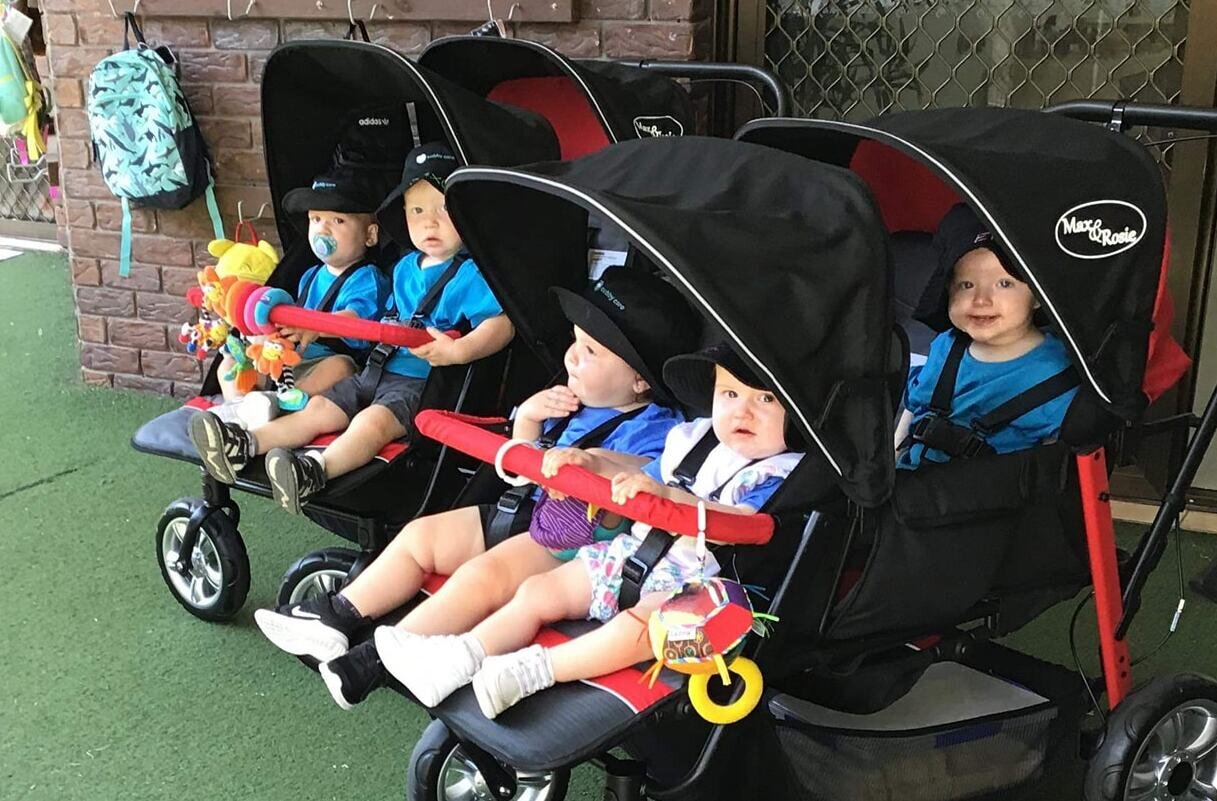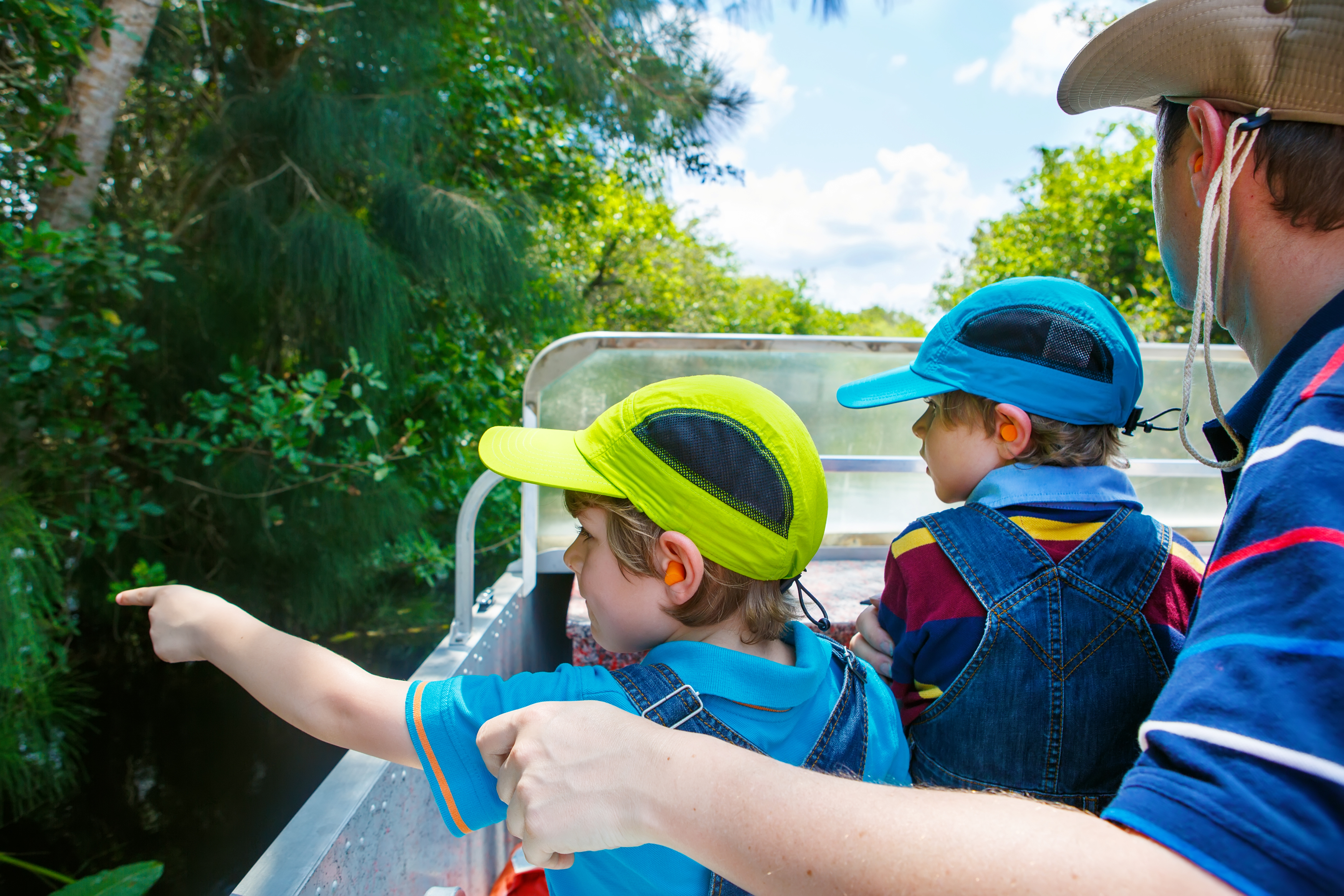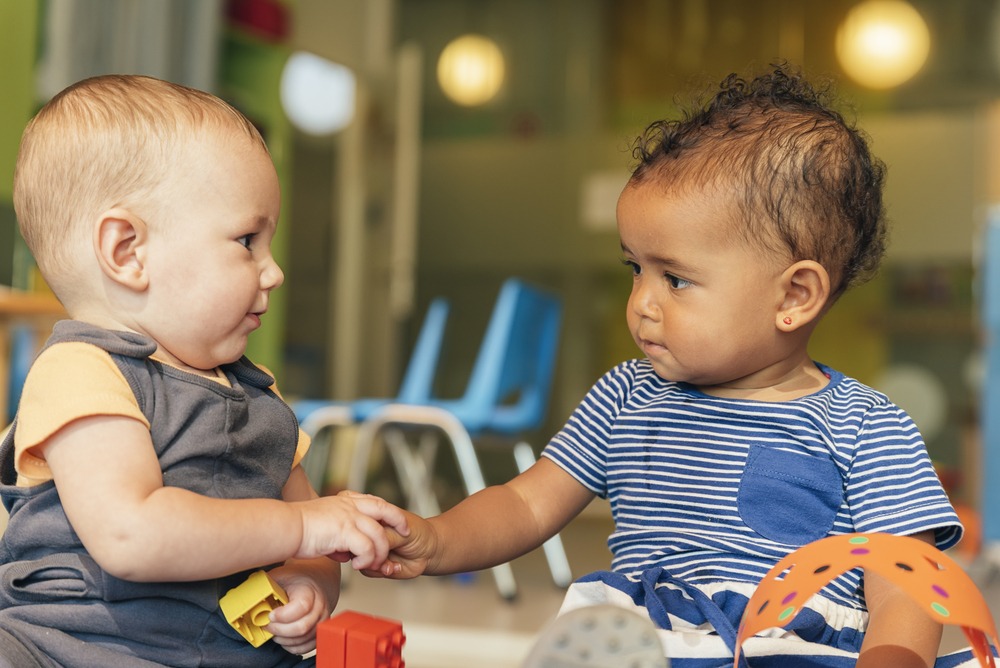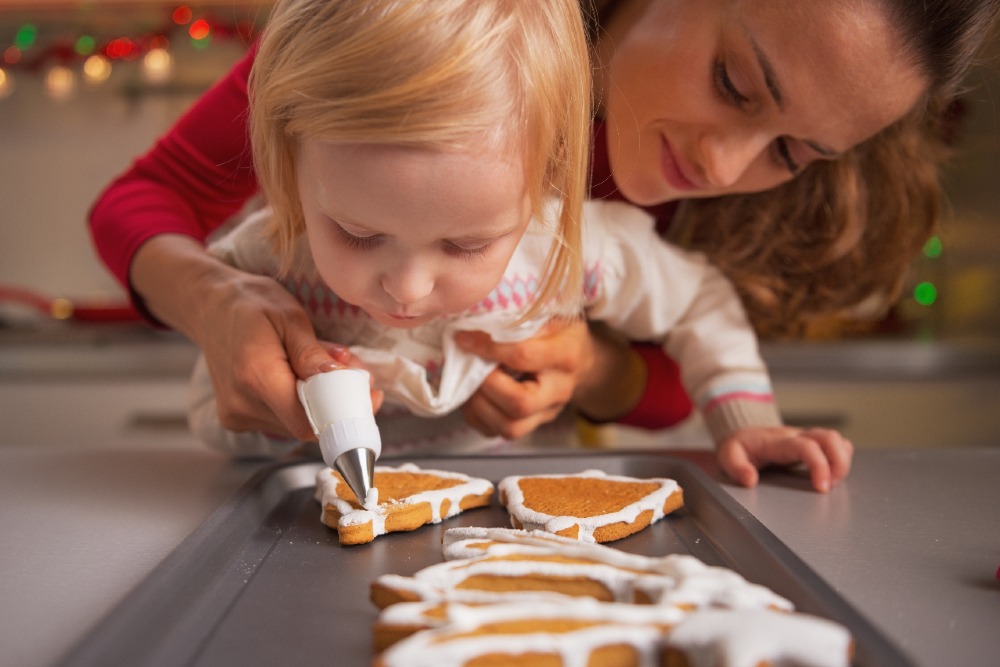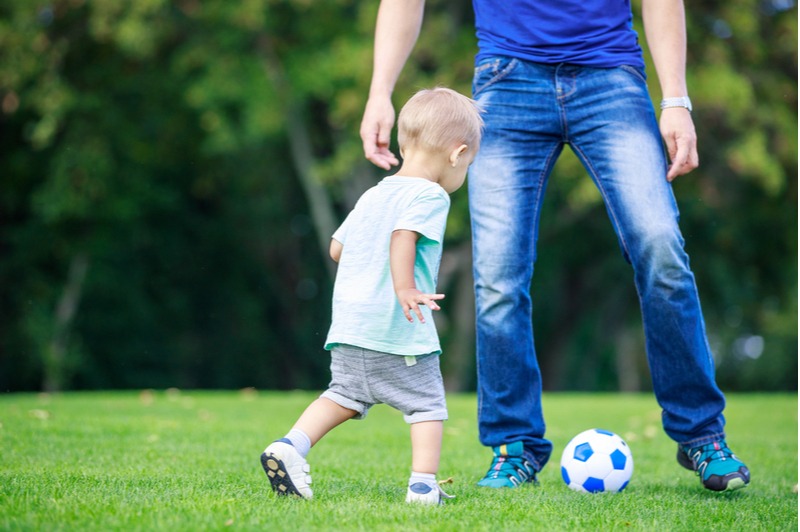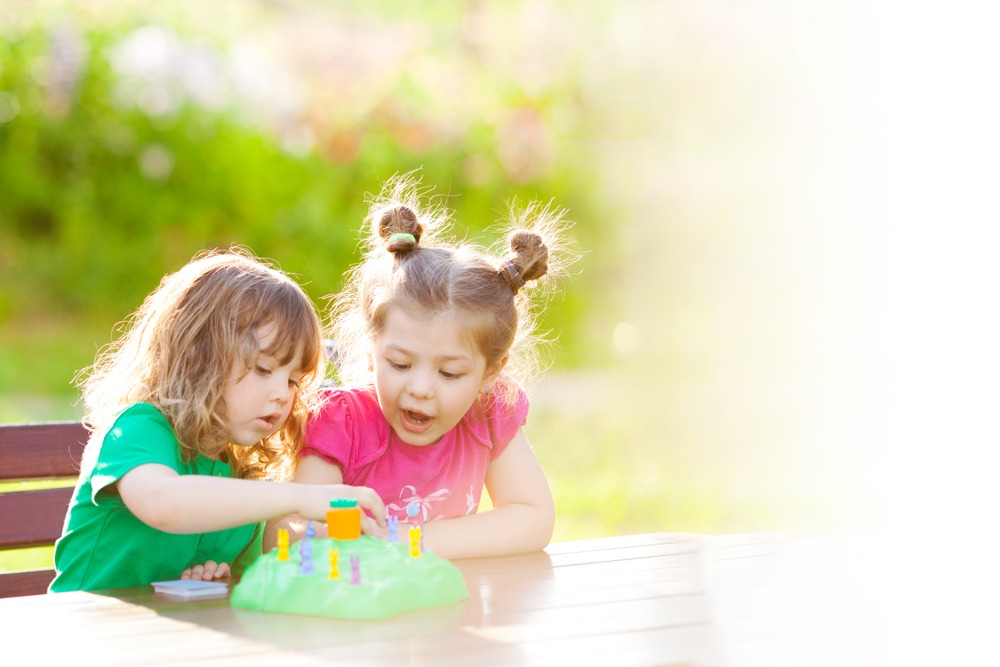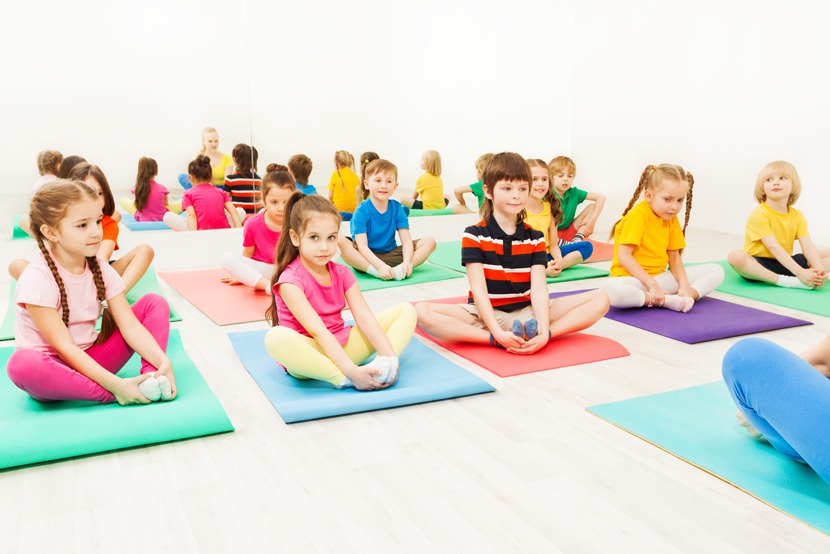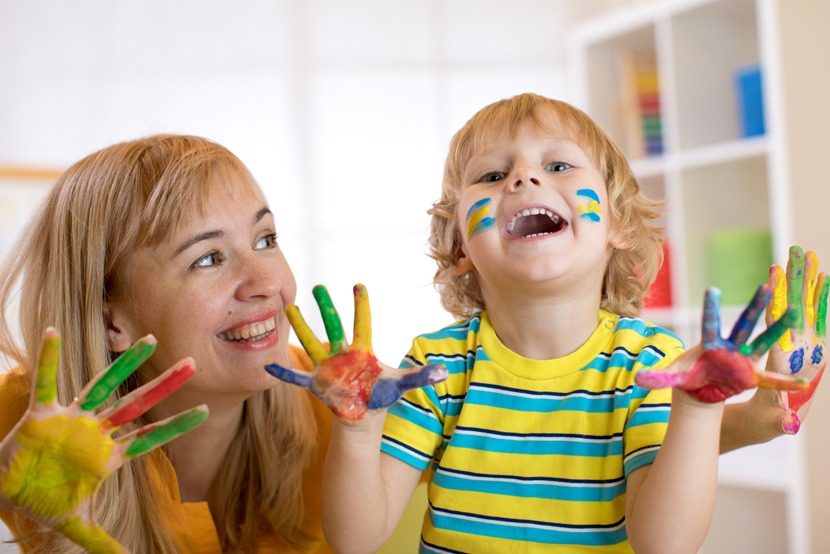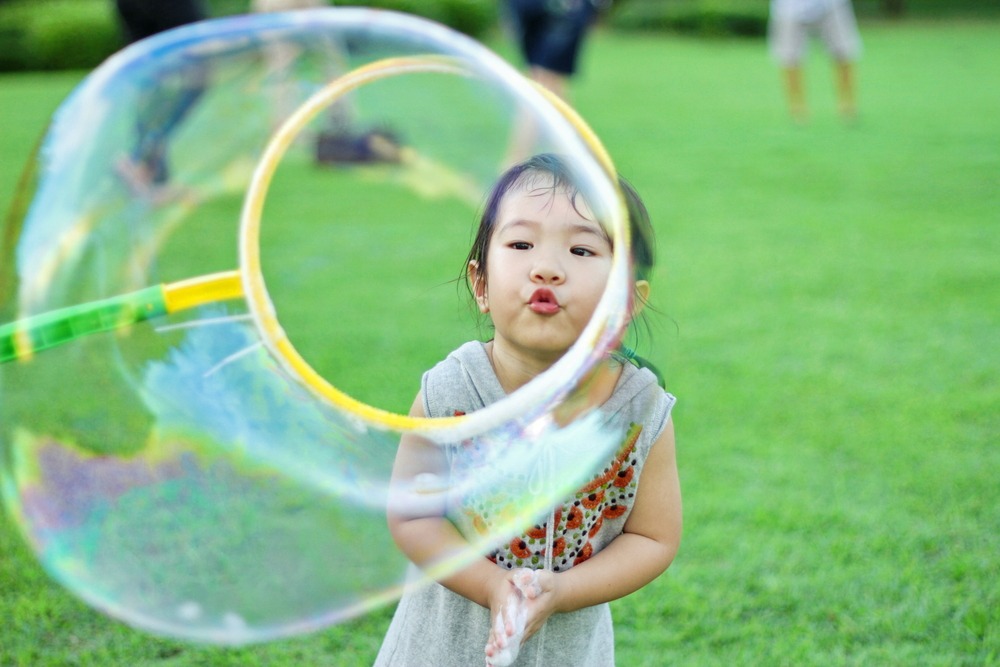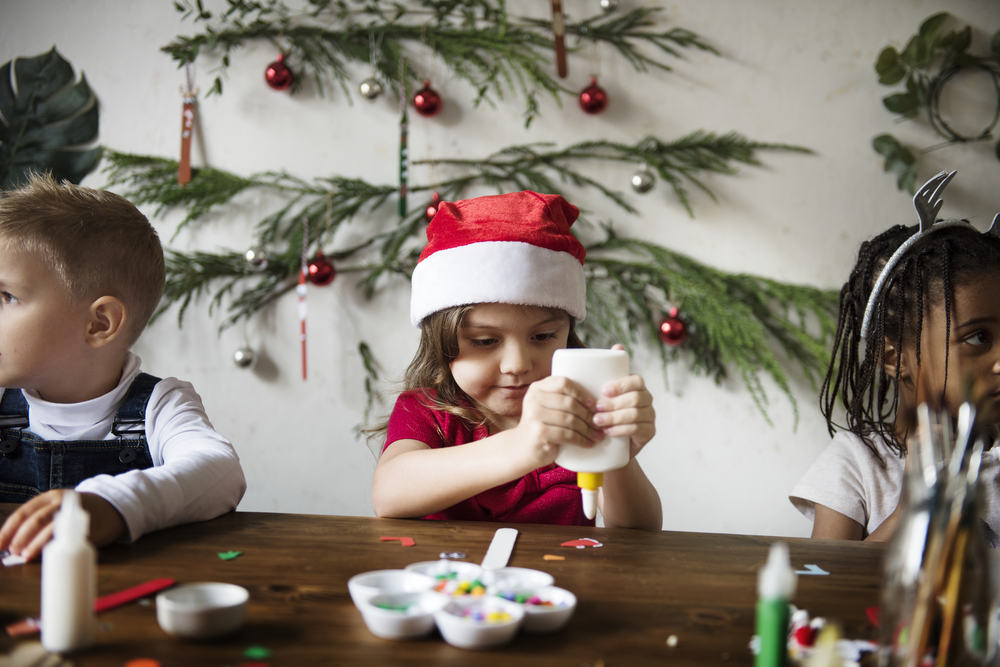
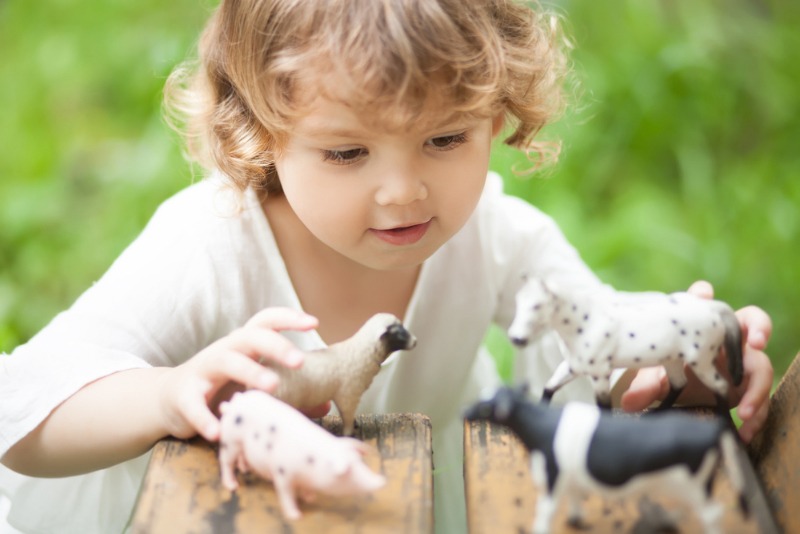
To most toddlers, animals are creatures that are endlessly fascinating to watch and imitate.
Positive interactions with animals can help your child develop into a kind and loving person. By learning to care for living creatures, your child can learn to love and care for others.
By participating in the following activities, you can help foster your child’s love and curiosity of animals while also boosting their knowledge of the natural world.
Home Activities
Eat Like An Animal
Turn your next snack time into a lesson on what animals eat by filling a container with animal snacks: bananas for monkeys, carrots for horses, honey for bears and berries for birds. As your child tries each food, have them try to guess which animal prefers what kind of food. It may be useful to have pictures of each creature to help identify the animal and the food they eat.
Speak Like An Animal
Chances are you already make animal noises to entertain your child, which is excellent! These sounds help to teach your child that animals use noises to communicate. To help your child learn which noise is associated with what animal, make some of the following sounds: roar (lion), oink (pig), bark (dog), moo (cow), cluck (chicken), quack (duck), croak (frog), neigh (horse), hoot (owl) or hiss (snake). See if your child can guess which animal your imitating.
Once your child gets the hang of this activity, you can make it more advanced by naming an animal and asking them to make the animal noise. (“What noise does a cow make?”)
Move Like An Animal
Make sure you have plenty of space to move around and take turns calling out different animals to imitate. You can both hop around like a kangaroo, soar like a bird, waddle like a penguin, slither like a snake or crawl like a bear. To improve your child’s large-motor skills, challenge them to balance on one leg like a flamingo, hang like a monkey or climb like a chimpanzee.
Adventure Activities
Volunteer at An Animal Shelter
Insensitive and cruel acts can make an animal’s life very difficult. Your child can become a future ambassador for the care and well-being of animals so that all living creatures can live in harmony and thrive alongside humans.
Educating your child on the importance of caring for animals can start with a visit to an animal shelter. Volunteering your time is a great way to teach your child about caring for living creatures in a humane manner.
Make A Trip To A Local Farm
This trip can be a fun excursion for the entire family. Visits to a local farm can help your child learn about animals in a practical and visual sense. Meeting a cow in real life will undoubtedly leave more of an impression than seeing one in a book!
If you don’t live near any farms, then local markets often have furry and feathered animals, or you could even organise a farmstay during the school holidays. A weekend away can help your child to relax, have fun and learn more about animals beyond the confines of a book or a smart device.
While our children are still growing and learning, we have an excellent opportunity to educate them, foster their curiosity and nurture their inherent feeling of love for animals.
Animals share the world around us and teaching our children feelings of love and acceptance towards them is important. Developing these attitudes will instill conscious habits within the next generation and ensure that living creatures continue to survive and thrive well into the future.


